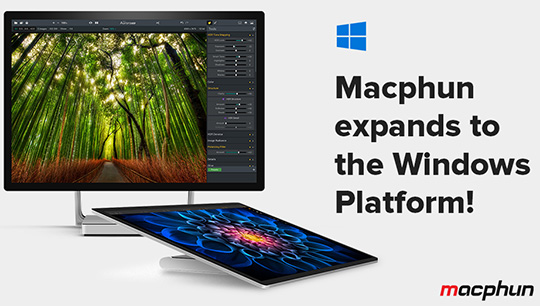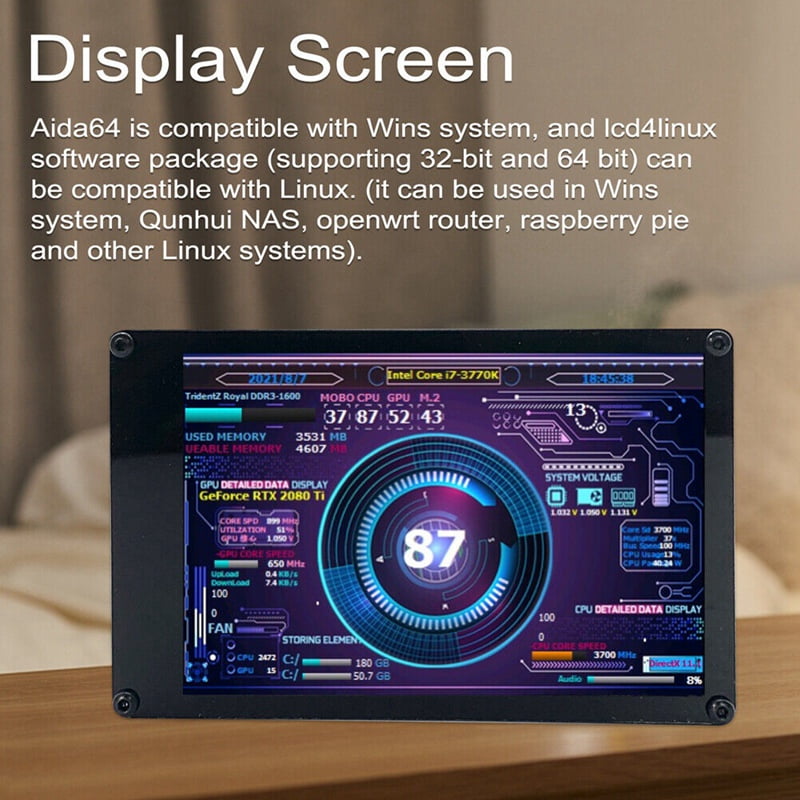

If you are not satisfied, you have to clear the mask and start over. Note that once the mask is applied, it can’t be edited again. The software will preview the zones you select via a green striped pattern. You can create the mask either by going to the mask options or simply using the histogram on the top right. For example you may want to apply a setting or a preset only to the darker zones. Macphun expands this option with a new feature called Zone System: instead of applying the luminosity mask automatically to the entire brightness range of your image, you can select which areas of the tonal range you want to create the mask from. For example it can help to give your image a more balanced look when you apply a preset with dramatic effects that would otherwise result in too much contrast and detail.

One click of the mouse and the software creates a mask based on the brightness of your pixels. One of the most useful features found in the previous version of the software is the luminosity mask.

The previous edition of Aurora already contained good tools in that department but a few things were missing. Masks are a very important part of serious digital image post processing. Zone system, Radial and new options for masks
#MACFUN SOFTWARE HDR REVIEW SERIES#
For example, it took almost 15 minutes to created 5 HDR images from 5 bracketed series of 3 shots each taken with the Fuji X-Pro2 (24MP). Note that batch processing can take some time depending on how many bracketed series you merge, how many files there are per series, the resolution of those files and the settings you select (ghost reduction will slow down the process). You may want to open a single bracketed series first, make all the adjustments necessary and save the result in a custom preset to choose later on when you batch process the other images: that way you make sure they will look exactly how you want. You can’t apply different presets to different bracketed series. You can include alignment, ghost and chromatic aberration reduction, as well as choose the type of files the software should create at the end of the process (JPG, TIFF, etc).īatch processing makes sense for a series of brackets of the same scene with the same light conditions, where you know that the same preset will work for every HDR image created. You can apply a preset from the ones provided by Macphun or the ones you created yourself. You can choose the location to save the final files and the naming options. Once you click to the Continue button, a fourth window appears with all the settings available. In the open files window, you simply select Batch processing and a second window opens: you can drag or load a series of files or folders and choose to include subfolders as well.Ī next window will display all the bracketed series Aurora has detected: you can choose to exclude individual photos. One of the highlights (and a requested feature from many users) of Aurora HDR 2017 is batch processing: you can now process multiple series of brackets at the same time. In this first chapter, I will analyse what is new in comparison to the previous version. The 2017 edition introduces several new features and improvements, some of which are more substantial like the Zone System for Luminosity mask or Batch Processing while others are more minor.
#MACFUN SOFTWARE HDR REVIEW FULL#
To know more about our ethics, you can visit our full disclosure page. If you buy something after clicking the link, we will receive a small commission. Within the article, there are Macphun affiliate links. All opinions we express regarding Aurora HDR are our own. We were not asked to write anything specific about the software in exchange for the opportunity and were not provided any other compensation of any kind to publish this article. DNG and moreĮthics statement : Macphun kindly provided us with an evaluation copy of Aurora HDR to test. Image formats: PNG, JPG, TIFF (8-bit and 16-bit), GIF, PSD.Display resolution: 1280 x 800 or higher (Retina displays supported).Processor: Core 2 Duo from late 2009 or newer.Operative system: Max OS X 10.9.5 Mavericks or newer.If you want to find out more about the software, I invite you to read my review of Aurora HDR Pro. Note: in this article I will only concentrate on the new features and improvements compared to the previous edition. It doesn’t revolutionise the previous version but it does introduce interesting new features while improving and fixing others. Today the company released the new version of the app called Aurora HDR 2017 and we had a chance to test it in the past two weeks.

Despite a few weaknesses, Aurora proved a solid performer for advanced HDR editing thanks to the use of layers, masks and unique settings designed for this technique. A few weeks ago I shared my in-depth review of Aurora HDR Pro, a powerful software designed by Macphun and Trey Ractliff for users who love HDR photography.


 0 kommentar(er)
0 kommentar(er)
